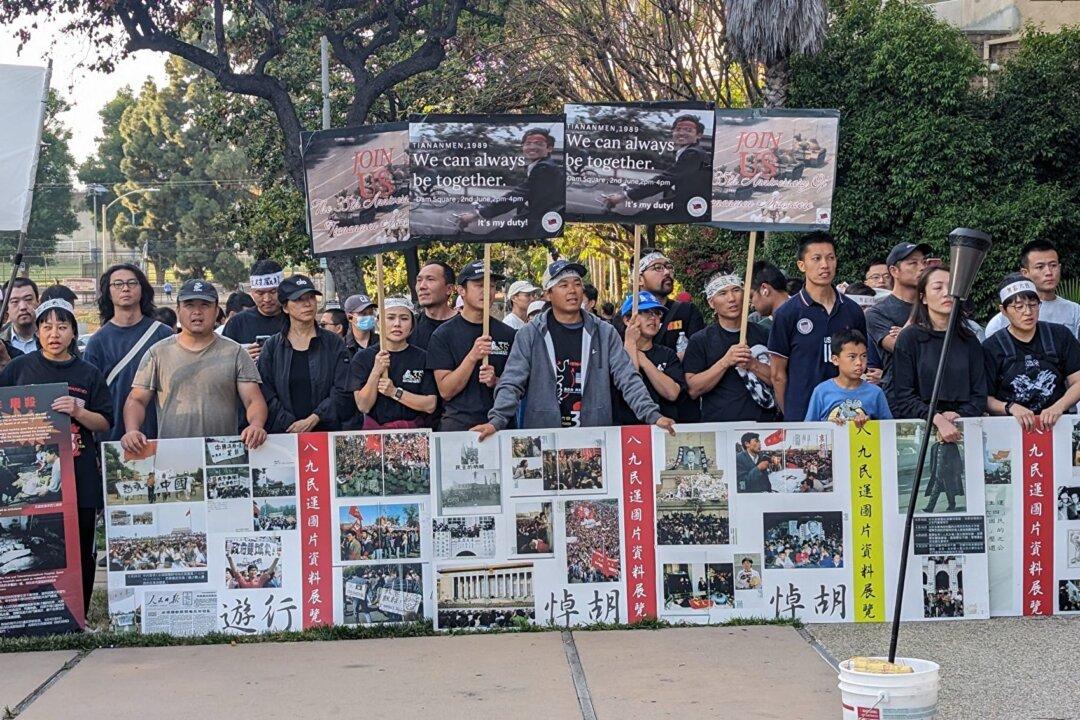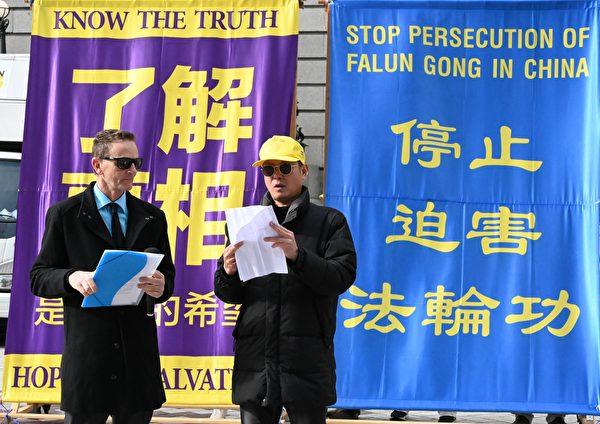Chinese smartphone company OPPO launched its chip branch, ZEKU, in 2019 when independent semiconductor chip research and development (R&D) was a national campaign of the Chinese Communist Party (CCP).
Four years later, China’s chip bubble finally burst when OPPO abruptly terminated ZEKU. It is believed that more Chinese semiconductor developers will soon follow suit.




